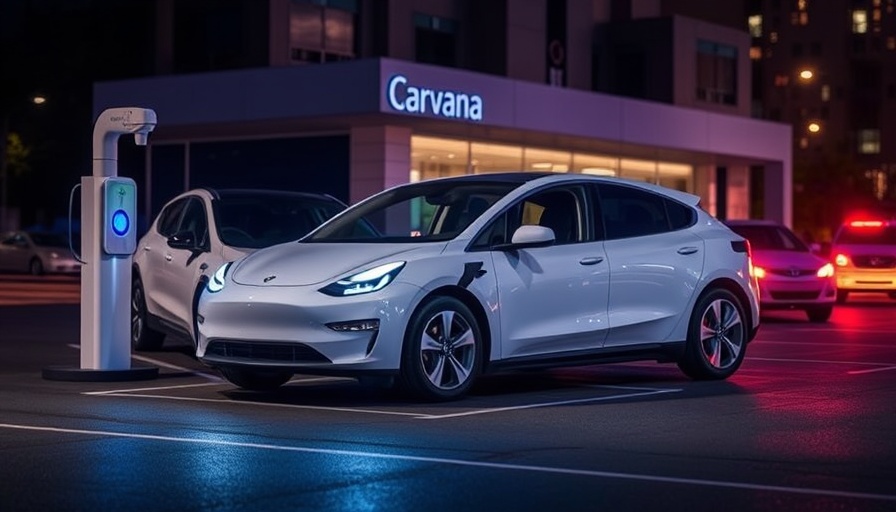
Casa dos Ventos Chooses Nextracker for Major Solar Initiative
In a significant move towards enhancing Brazil's renewable energy capabilities, Casa dos Ventos, one of the country's leading renewable energy firms, has selected Nextracker to provide 1.5 gigawatts (GW) of advanced solar technology. This partnership signifies not only a strategic expansion into solar energy for Casa dos Ventos but also marks a pivotal step in Brazil's overall energy landscape as it aims to integrate more sustainable sources.
An Innovative Approach to Solar Energy
The decision to incorporate Nextracker's NX Horizon-XTR all-terrain solar trackers and TrueCapture yield management system underlines the unique challenges of Brazil's geographic landscape. With projects spread across regions known for their varying terrains, the specialized tracker system is designed to optimize energy capture by adjusting to dynamic lighting conditions. “This technology is particularly crucial for our sites that are located in hilly areas,” stated Thiago Rezende from Casa dos Ventos. The advancements in solar technology not only promise enhanced efficiency but also contribute positively to project costs by reducing earthworks and grading requirements.
The Rise of Hybrid Energy Solutions in Brazil
Casa dos Ventos is not just expanding its renewable portfolio but is also paving the way for hybrid energy generation by integrating solar and wind projects. This innovative approach maximizes the use of land while optimizing grid connections—an essential consideration as Brazil is often faced with transmission constraints. By combining energy sources, hybrid plants represent a strategic advantage in the sustainable energy sector, making it more resilient against fluctuations in energy supply and demand.
Future of Renewable Energy in Brazil
Brazil is already a leader in renewable energy, sourcing over 80 percent of its electricity from sustainable sources. With aspirations to achieve net-zero greenhouse gas emissions by 2050, the addition of 1.5 GW of solar power will be instrumental in reaching these ambitious targets. According to recent forecasts by the Brazilian Association of Solar Energy (ABSOLAR), the country is projected to add 13.2 GW of new solar capacity in the upcoming years, indicating a growing reliance on renewable solutions.
Partnerships Paving the Way for Sustainability
The collaboration between Casa dos Ventos and Nextracker epitomizes the significance of forming trusted partnerships within the renewable energy sector. Alejo Lopez from Nextracker expressed that this multi-project commitment underscores the need for robust engineering solutions that can withstand the test of time. Such relationships not only enhance operational reliability but also assure investors about project longevity and environmental impacts.
Conclusion: The Road Ahead for Solar Projects
As the world increasingly turns to renewable sources for energy, the actions of companies like Casa dos Ventos are vital. Their commitment to integrating solar technology into existing frameworks demonstrates a proactive approach to creating a more sustainable future. As Brazil looks to expand its energy portfolio, innovations like the NX Horizon-XTR tracker will play a crucial role in driving the country's renewable journey forward.
 Add Row
Add Row  Add
Add 




Write A Comment